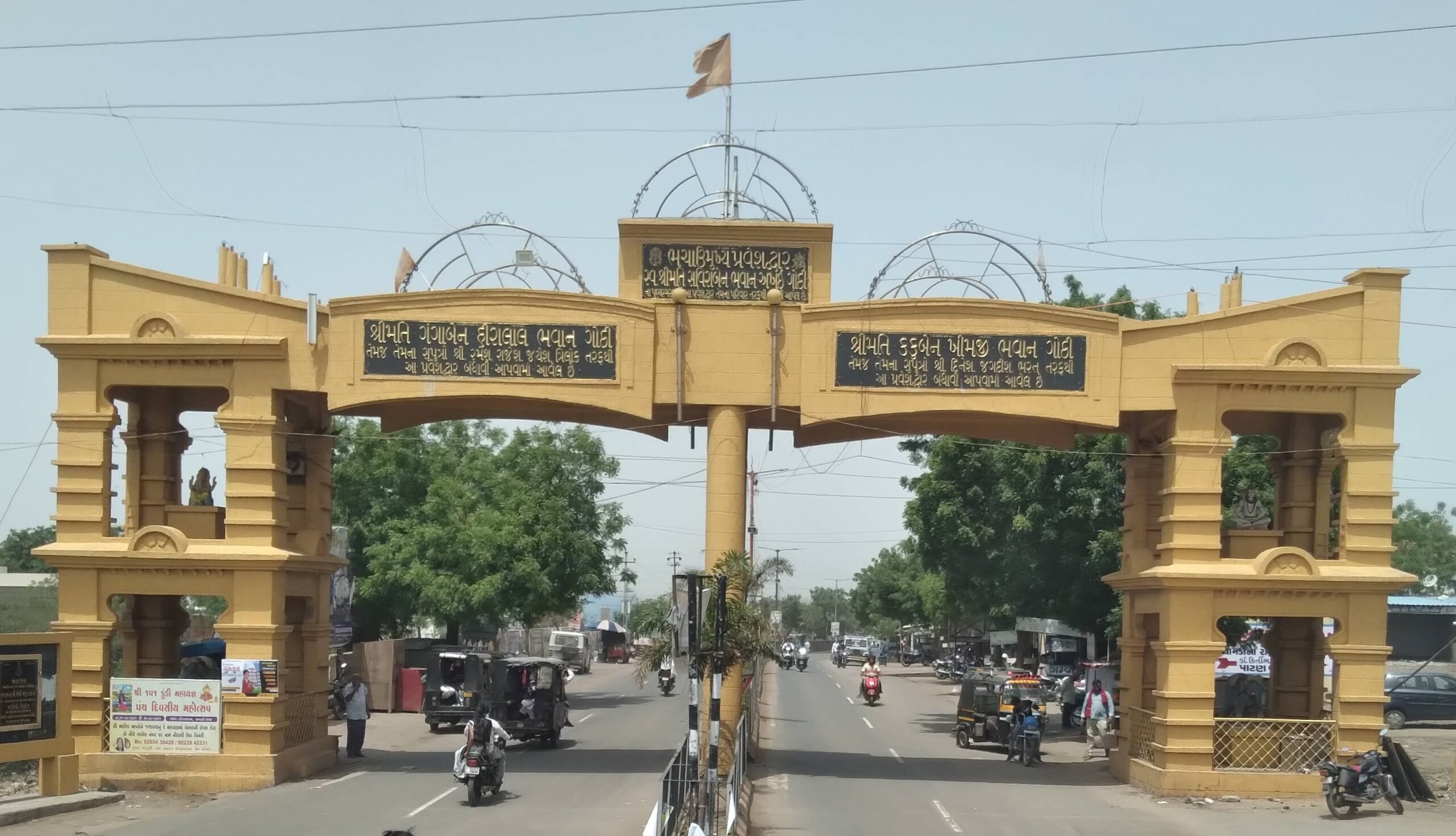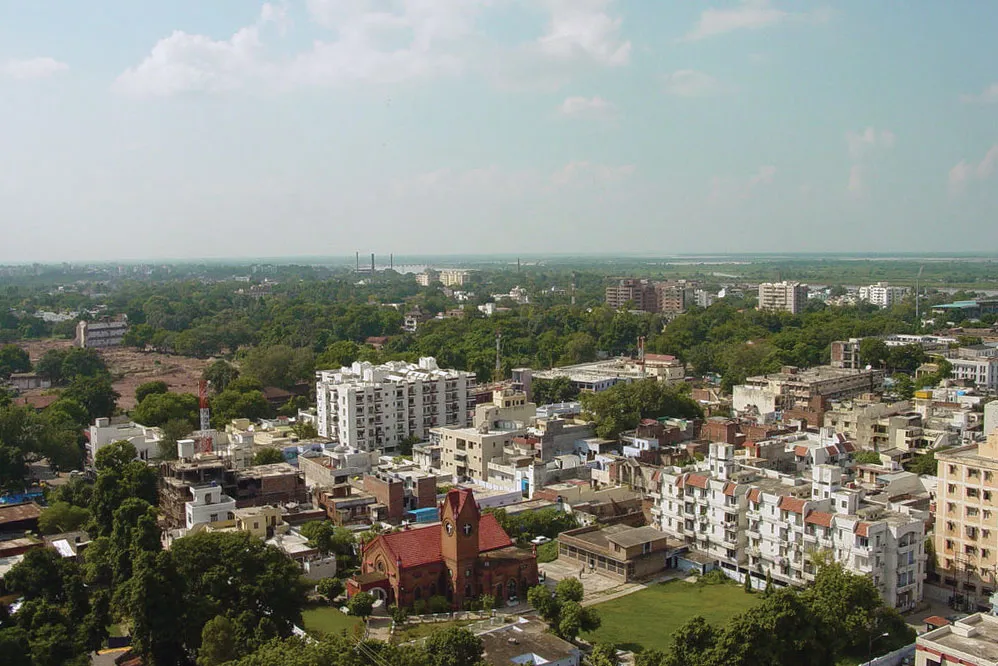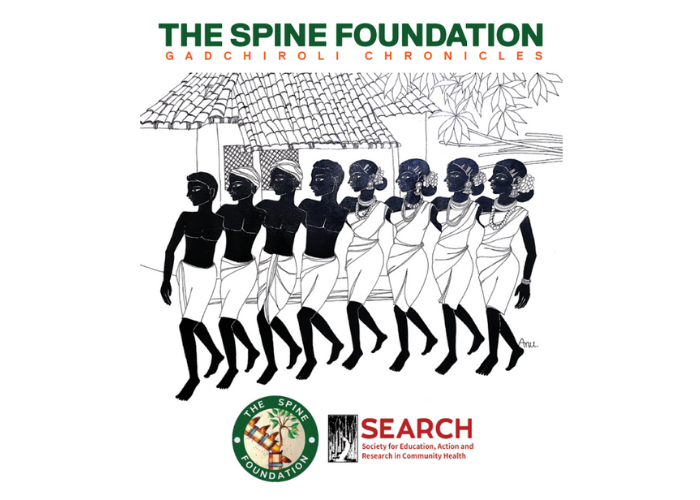How Malnutrition Impacts Spine Development in Children

Introduction
Childhood is a critical time for physical growth, particularly for bone and spine development. The spine, a central part of the skeletal system, supports the body’s structure and houses the spinal cord. Proper spinal growth depends heavily on adequate nutrition. However, millions of children worldwide, especially in low-income communities, suffer from malnutrition — a condition that directly hinders healthy spine development.
In this blog, we explore the biological impact of malnutrition on spinal growth, the risks of spinal deformities, long-term consequences, and preventive measures to ensure every child gets a fair start at a healthy spine.
What Is Malnutrition?
Malnutrition refers to deficiencies, excesses, or imbalances in a person’s intake of energy and/or nutrients. In children, it primarily manifests as:
- Under-nutrition (wasting, stunting, and underweight)
- Micronutrient deficiencies (like Vitamin D, calcium, iron)
- Protein-energy malnutrition (PEM)
Malnutrition during critical growth periods, especially early childhood and adolescence, can significantly affect skeletal development.
The Link Between Nutrition and Spinal Growth
Bone formation requires nutrients. The spinal column is made up of 33 vertebrae, intervertebral discs, cartilage, ligaments, and the spinal cord. Each of these components relies on a steady supply of:
- Calcium – for bone strength
- Vitamin D – for calcium absorption
- Phosphorus, magnesium, and protein – for bone matrix formation
- Iron and folate – for red blood cell production and tissue repair
When a child is malnourished, their body lacks the necessary resources to build strong bones, leaving the spine vulnerable to deformities, weakness, and structural issues.
How Malnutrition Impacts the Spine in Children
1. Stunted Growth of Vertebrae: Stunting is one of the most visible consequences of chronic undernutrition. Children who are stunted often have shorter stature and smaller skeletal frames. The vertebrae, in particular, may not develop to their full size and strength, increasing the risk of scoliosis or kyphosis.
2. Poor Bone Density: Calcium and Vitamin D deficiencies directly affect bone mineralization, which is crucial for maintaining vertebral strength. A lack of these nutrients leads to low bone mass or osteopenia, making the spine brittle and prone to fractures even from minor trauma.
3. Delayed Ossification: Ossification is the process by which cartilage turns into bone. In malnourished children, ossification centers may appear late or remain underdeveloped, resulting in weak spinal segments that cannot support normal posture or movement.
4. Increased Risk of Spine Deformities: Malnutrition can result in structural abnormalities such as
Kyphosis (excessive curvature of the upper spine)
Scoliosis (sideways curvature of the spine)
Lordosis (excessive inward curvature of the lower back)
These deformities are not only painful but can also restrict lung function and physical mobility if left unaddressed.
5. Muscle Wasting and Spinal Support: The muscles surrounding the spine provide essential support. Severe protein-energy malnutrition (PEM) leads to muscle wasting (sarcopenia), which reduces spinal stability and increases the risk of posture-related issues.
6. Delayed Motor Development: A poorly developed spine affects a child’s ability to sit, stand, and walk properly. In extreme cases, spinal weakness caused by malnutrition can result in delayed milestones, affecting academic performance and social development.
Malnutrition and Spine Health in Rural India
Malnutrition is widespread in rural India, and its effects on spine health are becoming increasingly visible. Here’s why children in villages face heightened risks:
1. Higher Malnutrition Rates: According to NFHS-5, stunting affects 35.5% of Indian children under 5. In rural areas, this number climbs even higher due to poverty and food insecurity. Stunted growth includes underdeveloped spine and skeletal systems.
2. Poor Access to Nutrients: Rural diets often lack diversity. While cereals and rice are available, access to protein, milk, fruits, and green vegetables is limited. Children miss out on critical nutrients like calcium, iron, and Vitamin D—all essential for spinal development.
3. Low Healthcare Access: Spinal issues need early detection and orthopedic or pediatric consultation. In rural settings, such specialists are often located far from villages. Many children with early deformities are left untreated due to logistical or financial barriers.
4. Lack of Awareness: Parents and caregivers in rural areas may not recognize the signs of spinal deformities or link them to malnutrition. Back pain, hunching, or short height is often overlooked or attributed to genetics.
5. Inadequate School Nutrition Programs: Though schemes like the Mid-Day Meal Program exist, implementation issues such as poor food quality, low budgets, and untrained cooks reduce their effectiveness. Many children remain undernourished despite attending school.
Real-World Context: Prevalence in India and Globally
- According to the National Family Health Survey (NFHS-5), nearly 35% of children under 5 in India are stunted, and 32% are underweight.
- UNICEF reports that over 45 million children under five suffer from wasting globally.
- Areas with limited access to nutrition, clean water, and healthcare see higher instances of spinal and skeletal deformities due to malnutrition.
These statistics underscore the importance of nutritional interventions during critical growth years.
Recognizing Signs of Malnutrition Affecting the Spine
Early detection is key. Watch for the following in children:
- Noticeable hunching or slouching posture
- Chronic back pain or discomfort
- Difficulty standing or walking for long periods
- Delayed physical milestones
- Thin, fragile frame with visible ribs or spinal bones
- Recurrent fractures or bone injuries
These signs should prompt immediate medical evaluation, including nutritional assessment, bone density testing, and possibly spine imaging.
Preventing Spinal Damage from Malnutrition
1. Balanced Diet
Ensure that a child’s diet includes:
- Proteins (lentils, eggs, dairy, meat)
- Calcium-rich foods (milk, green leafy vegetables, ragi)
- Vitamin D sources (sunlight, fortified cereals, fatty fish)
- Iron and folic acid (beetroot, spinach, legumes)
2. Regular Pediatric Check-ups
Routine growth monitoring and physical exams help track spinal and skeletal development. Pediatricians can detect early signs of nutritional or orthopedic issues.
3. Supplements When Necessary
In cases where dietary intake is insufficient, iron, calcium, and Vitamin D supplements may be prescribed under medical supervision.
4. Early Intervention Programs
Public health schemes like POSHAN Abhiyaan in India promote maternal and child nutrition through anganwadis, mid-day meals, and awareness campaigns. Participating in these programs can reduce malnutrition burden.
5. Education for Parents and Caregivers
Educating families, especially in rural or underserved communities, about affordable nutrition sources, hygienic food preparation, and child health milestones is critical for prevention.
Role of Schools and Communities
- Schools can include nutritional education and spine health awareness in the curriculum.
- Mid-day meal programs must maintain nutritional standards.
- Community health workers can assist in monitoring growth and identifying cases of severe malnutrition early.
Long-Term Consequences of Neglected Spinal Development
Ignoring spinal development issues due to malnutrition can result in:
- Chronic pain and physical limitations
- Spinal deformities requiring corrective surgeries
- Neurological complications if spinal nerves are compressed
- Lower productivity and quality of life in adulthood
- Increased healthcare costs due to lifelong disability
Conclusion
A child’s spine is not just a structure — it’s a foundation for lifelong health and mobility. In rural India, where malnutrition often leads to spinal deformities in children, The Spine Foundation works at the grassroots level to identify and treat these conditions early.
Through free spine camps in tribal and underserved regions, the Foundation screens children for signs of stunting, poor posture, or spinal curvature, many of which stem from chronic nutritional deficiencies. Their team collaborates with local health workers to educate families about the importance of child nutrition for spinal growth, while also offering surgical intervention and rehabilitation for severe cases. By linking nutritional awareness with spinal care, The Spine Foundation provides a lifeline to children whose development has been silently affected by poverty and malnutrition.







 Purulia (West Bengal): 27 Nov - 30 Nov 2025
Purulia (West Bengal): 27 Nov - 30 Nov 2025
 Bhachau (Gujarat): 04 Dec - 07 Dec 2025
Bhachau (Gujarat): 04 Dec - 07 Dec 2025
 Gadalur (Tamil Nadu) Feasibility Visit : 10 Dec - 11 Dec 2025
Gadalur (Tamil Nadu) Feasibility Visit : 10 Dec - 11 Dec 2025
 Kanpur (Uttar Pradesh) Feasibility Visit : 12 Dec - 14 Dec 2025
Kanpur (Uttar Pradesh) Feasibility Visit : 12 Dec - 14 Dec 2025
 Jalgaon (Maharashtra) : 11 Dec - 14 Dec 2025
Jalgaon (Maharashtra) : 11 Dec - 14 Dec 2025
 Silchar (Assam) : 18 Dec - 21 Dec 2025
Silchar (Assam) : 18 Dec - 21 Dec 2025
 Kankavli (Maharashtra) : 19 Dec - 21 Dec 2025
Kankavli (Maharashtra) : 19 Dec - 21 Dec 2025

